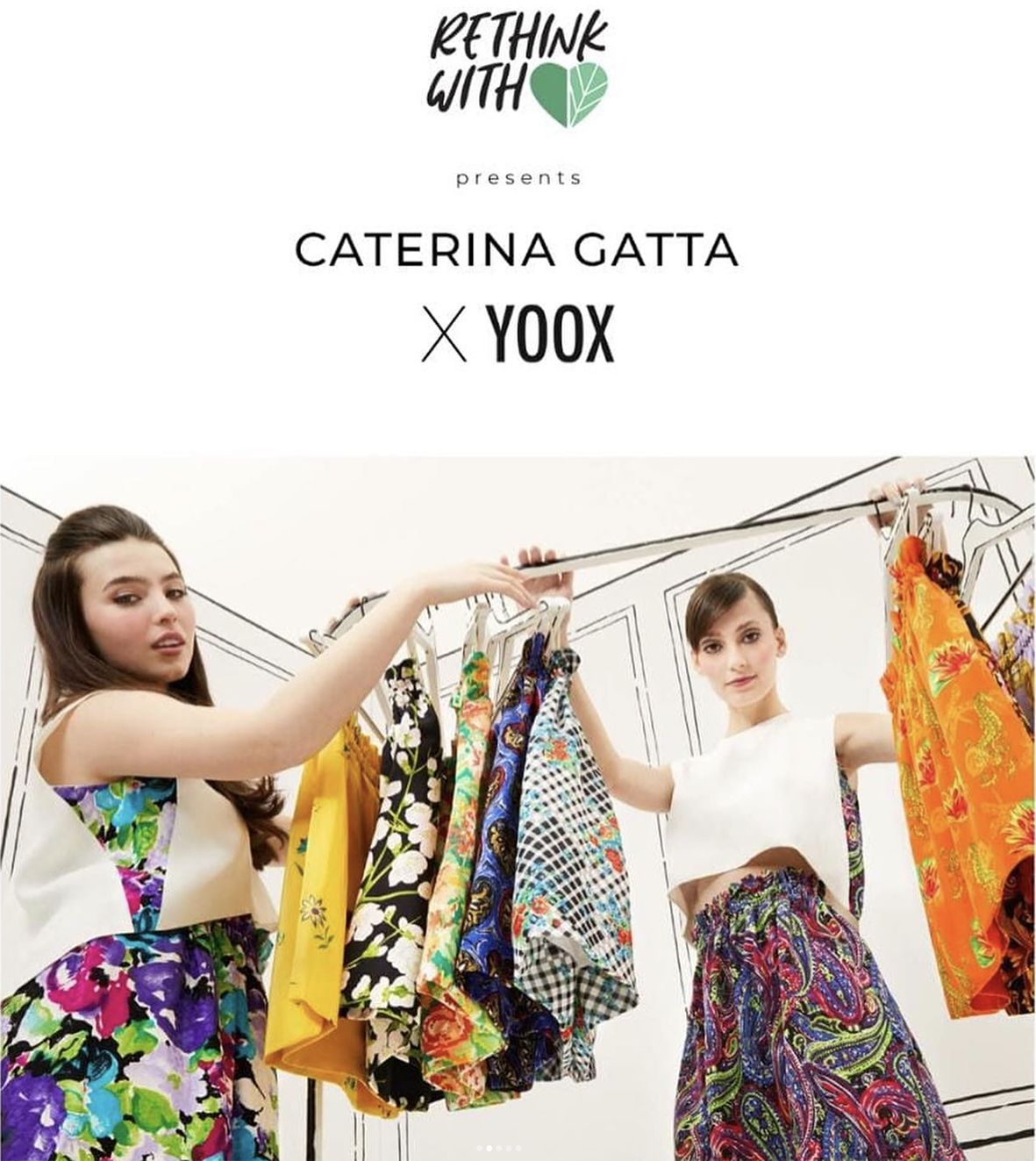a cura di Alessandro Martinelli
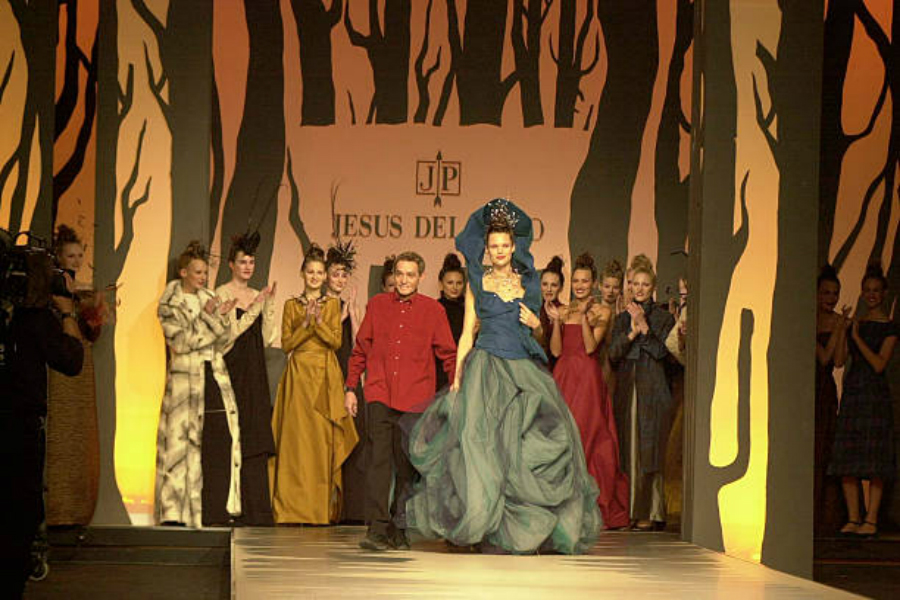
Kites Jesús Del Pozo
Discover one of the most recognized talents in the world Madrid, winner of numerous awards in the arts and design. Come per Cristobal Balenciaga and Mariano Fortuny, always recognized as its universal masters, Del Pozo is deeply tied to the Spanish roots and ancient traditions: his clothes can be described as "avant-garde and sofisficati", deceive for their apparent simplicity and are equipped with a great refinement, that brings the artist to the artistic movement structuralist, where each element is not considered in its singularity, but as part of a system based on a set of relationships between the elements themselves.Jesus Del Pozo, Madrid's birth, class 1946, from an early age he has always been interested in shaping and reshaping everything in its path.
“Since I was born I remember doing things with my hands, He has drawn and painted: I remember being educated in art, trying to understand what not understand […] This has given me a residue that is reflected in my textile pieces ".
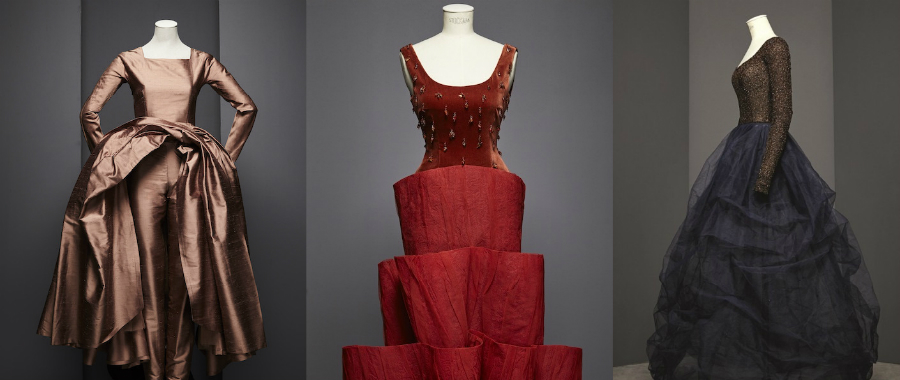
During his studies of Interior Design, experiences and includes all color possibilities, shape, volumes and consistency that a tissue can develop giving shape to a real garment poetry. The dream is the recurring theme of all his creations presented during the years between Madrid, Tokyo and Paris, It declined through essential structures and well, but the delightful tailoring. His fashion "avant-garde" and always consistently has as leitmotiv the pursuit of quality and a natural sofisficata, which can be appreciated in close contact with the materials from which it is composed. His style is deceptively simple, subtly seductive, serious and refined: It is not only an aesthetic choice, but a real personal philosophy. Everything is molded through color, the structure and a sophisticated approach, shallowest: forms are sober, the volumes are strict. His work is pure creation and brings fashion to a form of contemporary art, that it is difficult to reconcile with the conventional trends of the fashion world.
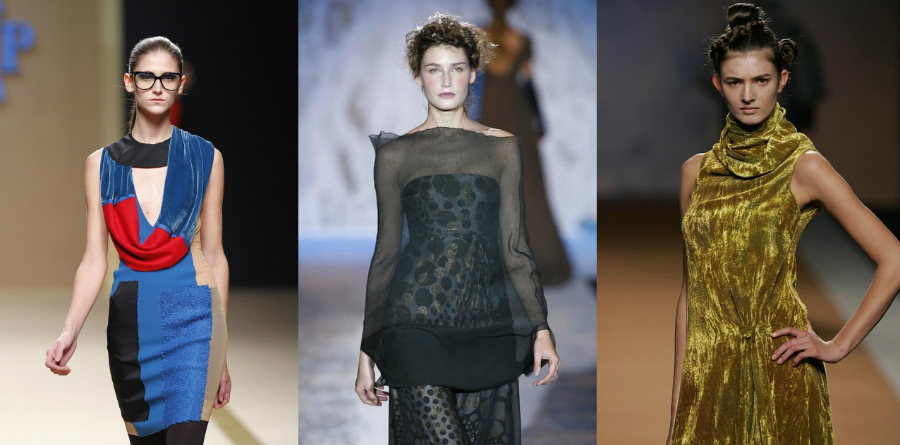
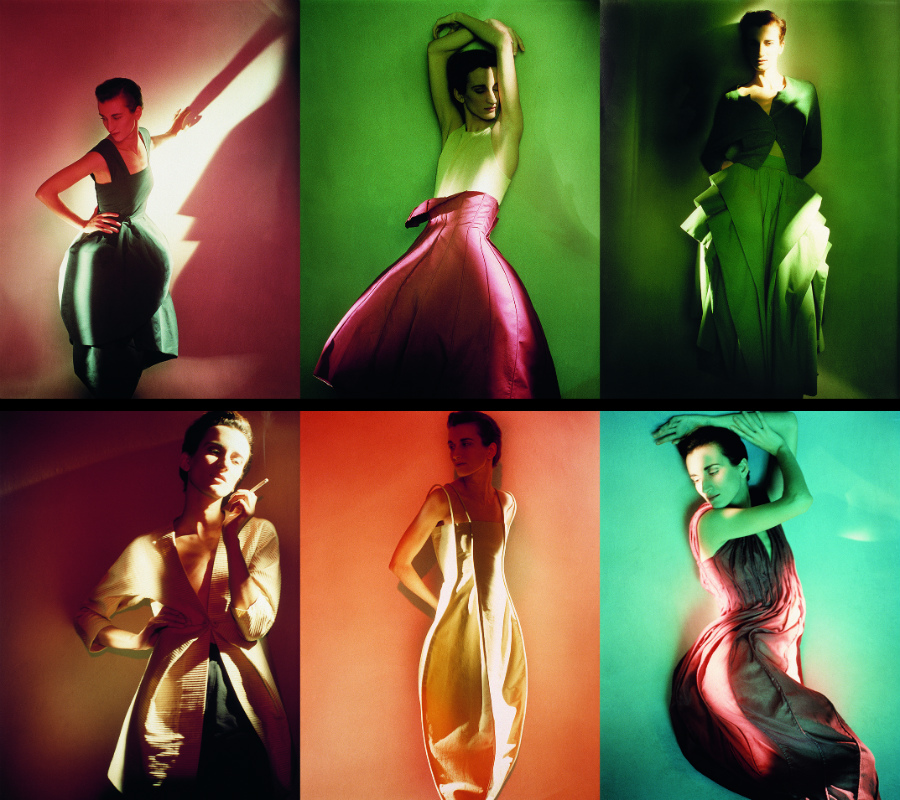
The geometry of the lines, attention to detail and meticulous in finishing are linked to the long Spanish tradition in fashion and art, and establish a strong connection with the works of two great artists who historically preceded it: Cristobal Balenciaga and Mariano Fortuny. His vision unified aesthetic has affected different aspects of design: from jewelery to perfumes, the glasses, all’ home furnishings, tissue, to carpets, uniforms, to clothing for children or wedding, the costumes and the sets, etc…; as stated in numerous interviews, his creative process is spontaneous and natural and stems from the desire to create the new replacing the existing.
Its first store, in shades of beige and red on Calle Almirante, opened in 1974, It becomes an expression of his pioneering spirit and enterprising and soon the refuge for people "cool" in Madrid. Fashion becomes the vehicle for social change, cultural and political: leaving behind the sombre Spain of the Franco dictatorship, the "new Spain" begins to explode and to manifest the new identity at the turn of the 70s and 80s. The "new creators" are on everyone's lips, it animates the "nightlife" and nightlife, emerge galicia's collections, the ideas that come from Barcelona have a strong revolutionary impact; the same phenomenon develops in the fashion, with young women dressed as Francis Montesinos in Valencia, Toni looked at Barcellona and Jesus Del Pozo to Madrid. The Spanish fashion gains awareness, forge and materializes his name, although it is still viewed with some concern and contingent difficulties are many.
The work of designers such as Del Pozo was born in developing what would become the current Spanish fashion, that is synonymous with quality, durable design, imaginative aesthetics.
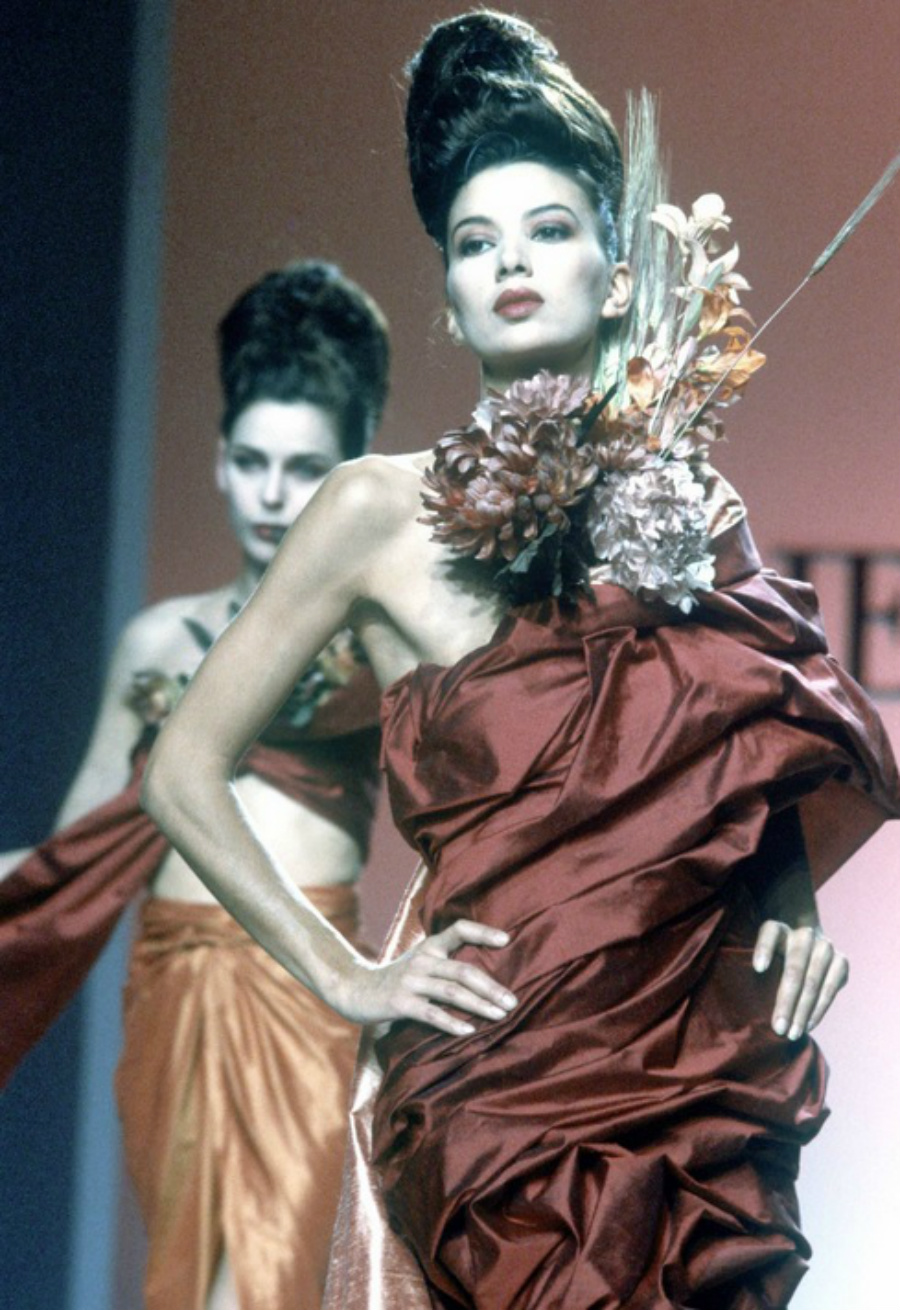
The cornerstones of his work are mainly three:
1- il volume, which means space remodeling and control.
Her clothes are not, however, costumes, I am quite Airline "kites" or "habitable sculptures", In any case original artwork. The reference to the forms of nature is strong, as well as his masters: eg, her "Women bowls" (Women bocce) of the late 80 I have a clear reference to creations of Balenciaga balloon. In ogni caso, the management but never improvised nature of the book, however, has allowed us to be ahead of the times of his time and to review the perception of sculptural form and contrasting textures. Jesús proceeds tirelessly to dismantle some old pieces to produce new: in this way they are produced some of the most spectacular pieces of the years 90, that they have generated new and complicated standard for subsequent collections. The three-dimensional geometry is realized with the most disparate tissues: from the most stiff fabrics to more ethereal and thin silk or cotton voile, the latter chosen to achieve spiral skirts with a texture similar to paper.
2- Research and attention to the matter that caress the skin: fabrics with metal warp, rasi, jute, Seven, poplin, leave, raw silks.
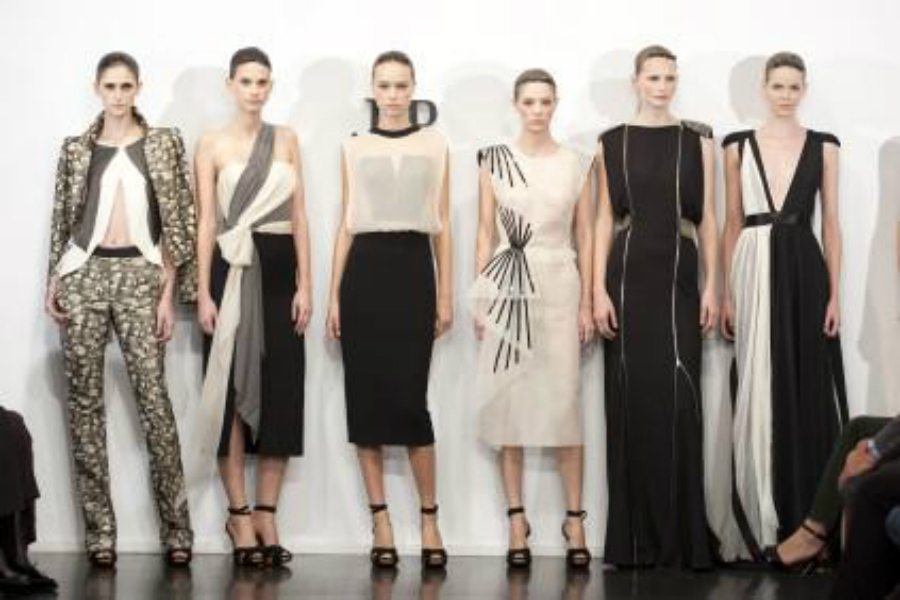
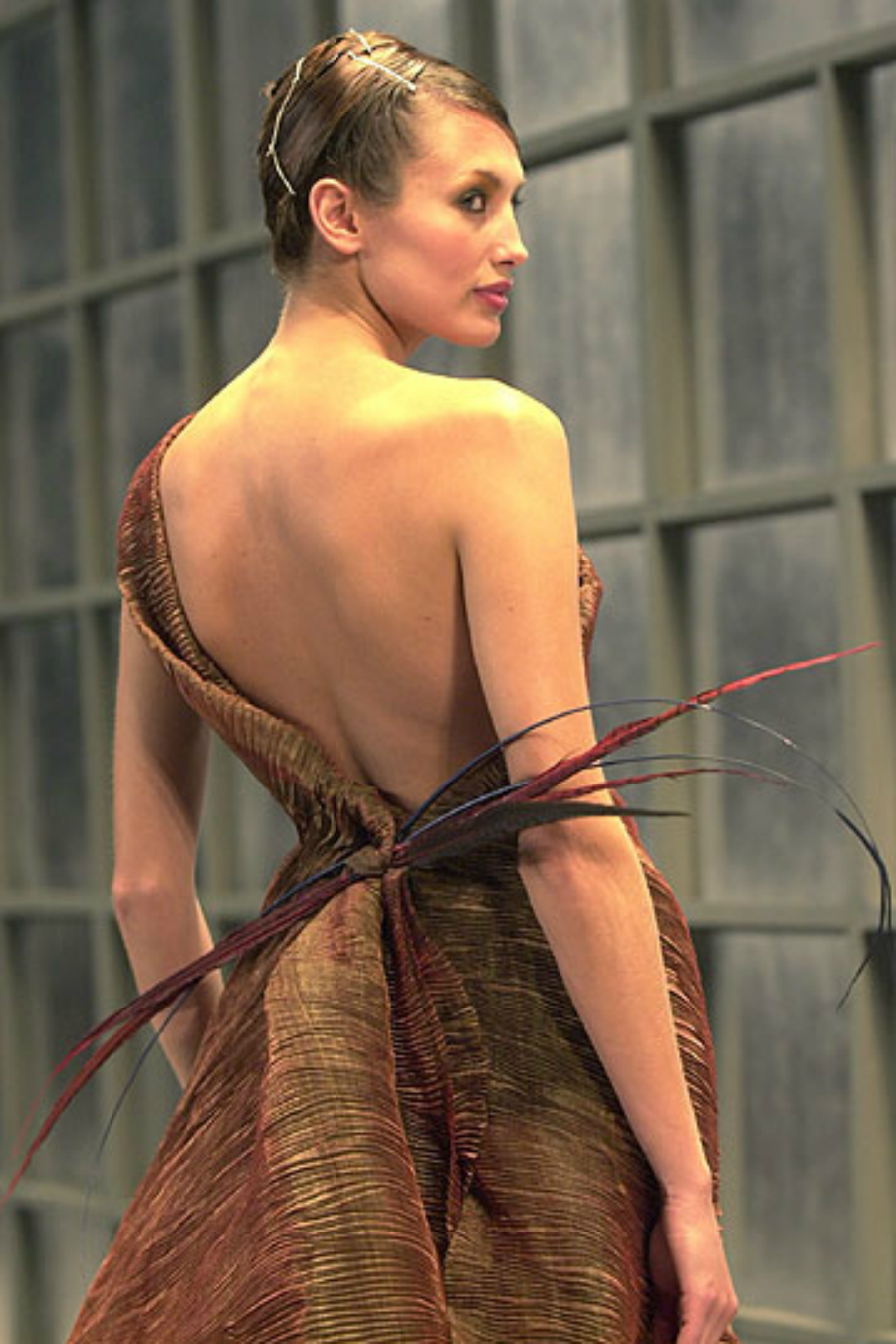
A strong preference for natural fabrics, which in recent years he has also given way to the discovery of synthetic components.
The material surface is never smooth, but always manipulated, characterized by grooves or unintentional accidents, as evidenced by the decomposition of the leaders of the nineties. Here emerges the affinity with Fortuny, that intervened directly on the tissue through the use of prints, stencils, folds and dyes. Del Pozo has worked with linen since its first men's collections over the years 70, at a time when it was difficult to find on the market, contacting a Zaragoza factory producing table linen.His favorite fabrics were piqué, raw cotton and silks, which used profusely to realize men's jackets. The choice of fabric was done wisely, favoring the tactile experience.
The same designers liked to say:“Sometimes you have to listen to a tissue and dispose of it, and other times you have to contradict. “
Sometimes using something as poor as jute as the main material to make a luxurious head, skilfully manipulating it through the dyeing or fading and turning it into something totally new: An example in this direction are by jute wedding dresses, silk taffeta and tulle Cotton. As their time Tàpies, Miralles and others have turned their paintings in rough surfaces, in the mid-80s the breakdowns of the clothes ("Disossamenti") and the braids are beginning to emerge in the skirts, in coats and suits in Del Pozo.
The braids are made of cotton of different thicknesses and are applied along the edges of the skirts in voile or to delineate the various parts of the balloon skirts, sometimes hidden, sometimes visible, as in his velvet evening dresses with soft silhouettes, in total absence of corsets and constrictions. The same philosophy has been applied to achieve effects of cracking: segmenting and splitting uneven hems of silk skirts as if they were dry leaves broken by wind or, alternatively, using braids around an elastic collar in velvet on a long wool coat. The ribs are reminiscent of some collections, invece, newly plowed fields of Castile, become footprint and trademarks, give value to the work content.
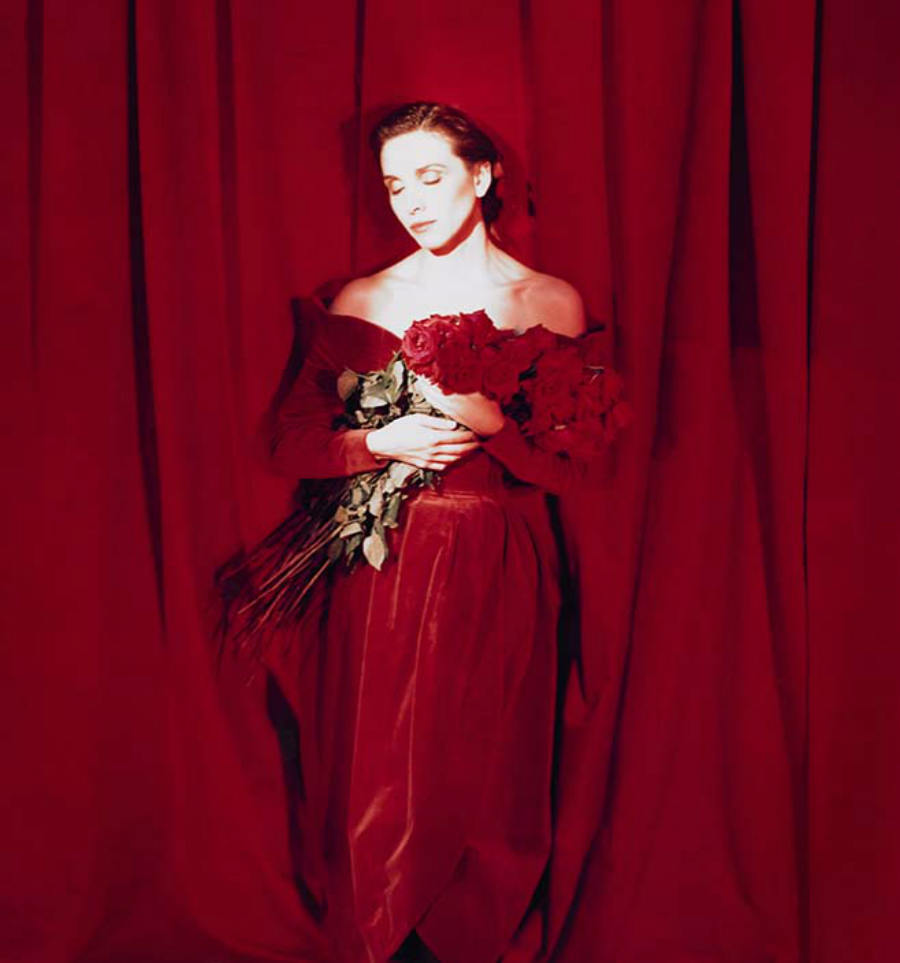
3- color, that illuminates and enhances every creation.
The trial design includes color, the palette chosen for its collections. Since the beginning, It has deliberately and continuously manipulated dusty or mixed shades, his perception veers towards the medium blades, It never uses strong colors but is subtly drawn to the subtle nuances. Its colors are studied, sought and recreated starting from the mixture of different tones to get to achieve the desired effect of shading or light to donate to the head. This deliberate search for a shade gives the final touch to its collections, in which each of the colors used is in perfect harmony with the. His greatest ambition was a poetic and intimate luxury , a gift for the senses, an exploration of the complexity of the content and forms.
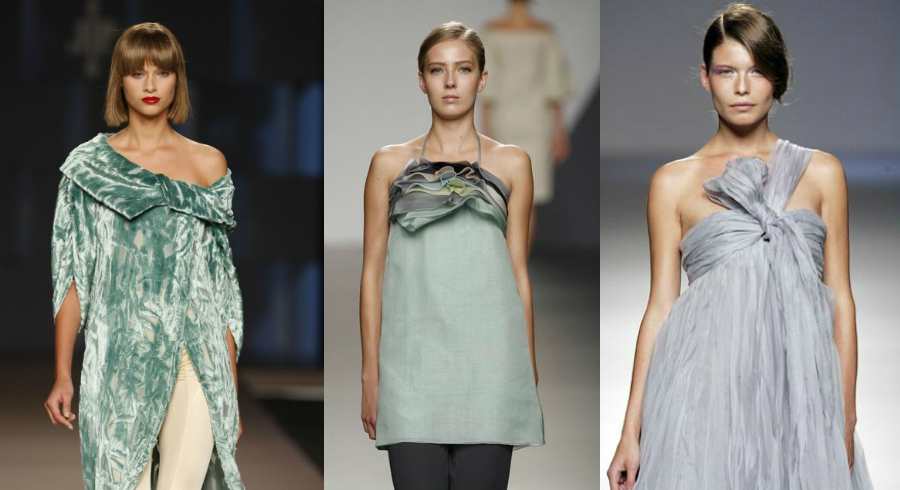
The evolution of his style has always been thin but steady, as well as the volume definition: straight silhouette and elongated in the seventies, Women flower and bowl lines over the years 80 e 90, threadlike figures in more recent years. Although working in the ready-to.wear, manufactures special pieces as well as tributes to some artists, first of all Antoni Tapies in the US, never give up its independence and its idiosyncratic traits and combining different projects simultaneously, such as the uniform for the RENFE or the Red Cross or the sets for the piéces of Emilio Sagi.
Nel 1979 reject an offer from an American group because they did not want to leave Spain, increasingly aware of his identity, of his land and his vultura.
Nel 1999 Del Pozo E One tra i Creatori and Fondatori de l ' "Association of Fashion Designers of Spain", which he assumes the role of President until December 2000.
Nel 2003 comes the "Del Pozo" Foundation and the 2004 till death, occurred in 2011, il has "Professional Expert Course in Fashion Design: Business practices": the foundation is the living core of a set of associations and universities that have signed agreements with it and it is an idea laboratory for future generations of designers.
It represents an open door to see a company in which work, where work with rigor and savoir faire, develop projects where fashion and design in general, and learn the value of a team whose skills are constantly updated and continues to operate through the life blood of young minds.
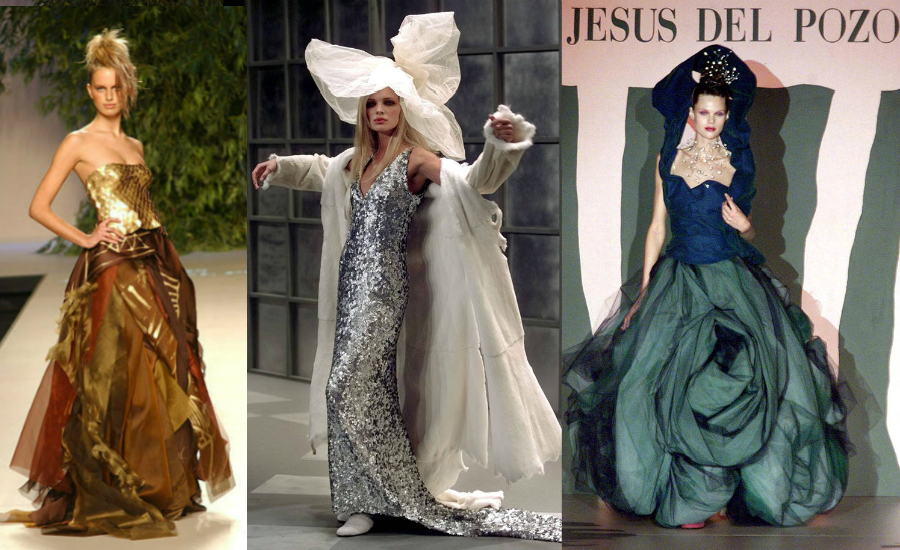
Now the Foundation has more than ever the value of spreading the values of the trainer and father to learn about the many aspects of creativity Made in Spain.
Throughout his career as a designer, Del Pozo has therefore reflected on the internal structure of a dress and on the nature of the body in all its many forms. It has never been interested in free to incorporate decorative elemeneti as mere trappings, but he gave voice to laggerezza clothes "weightless", bright genuinely or contrary to full-bodied structure and rigid construction of certain. His color compositions reminiscent of works by Rothko, which combines mystery to "sensitive transparencies" .Its tertiary color palette transports our imagination towards the plowed fields of Castile, where the natural landscape echoes the subtle and intangible landscape of the soul. The art and the link with this Directive thereby manifest themselves constantly in his work, following his "modus operandi" coherently and knowledgeably, whether it is a fabric, of a building, a surface, a chromatic or volume, where the dress has an intrinsic nature of sculptural work.




